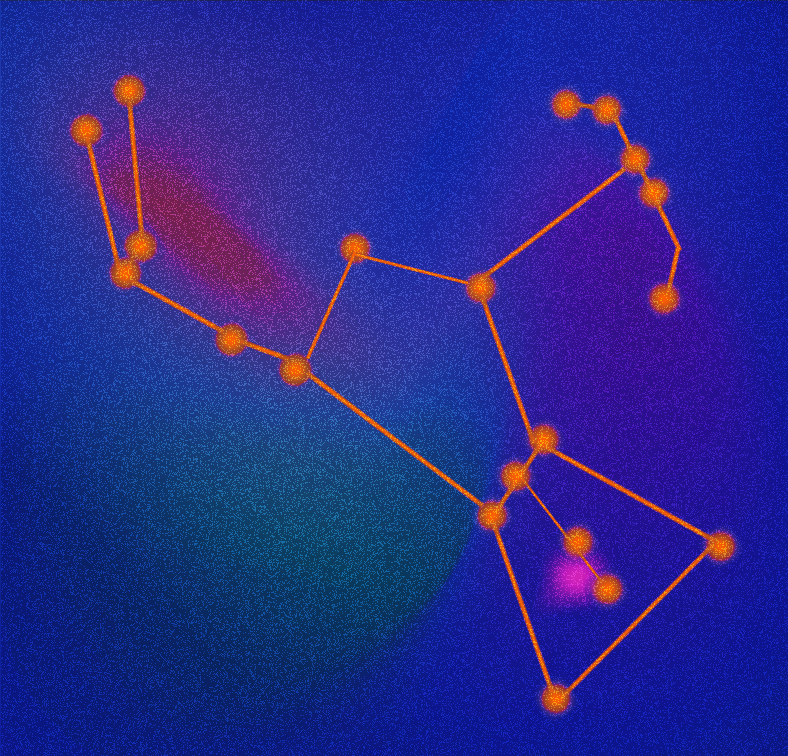Look up! Stargazing at astronomical objects is possible in the Loyola Schools campus, even with just the naked eye. Recommended spots for stargazing include the Ateneo High School Football Field, the Manila Observatory, or any safe, elevated place, with no obstruction and minimal light pollution.
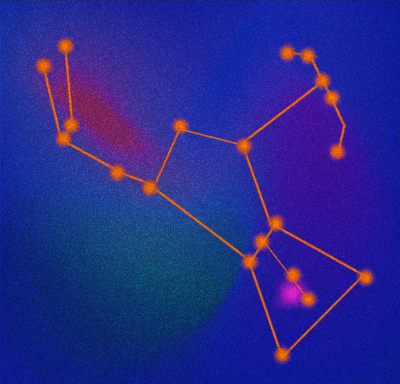
Orion Nebula
The Orion Nebula is one of many gigantic clouds of gas and dust in our galaxy that also serve as a nursery for star formations. Located within the constellation of Orion, it is best seen during midnight in December as it will be directly overhead. The Orion’s Belt—a line of three stars in the middle of the constellation—is a good reference point. A cluster of bright stars “hang” below the belt, which represents Orion’s Sword. The nebula can be found at the middle of the Sword, and it looks like a white patch of fog as seen from the naked eye.
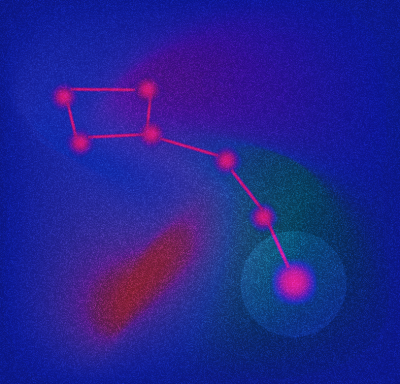 Polaris
Polaris
More commonly known as the North Star, Polaris has served as a tool for navigators for a long time, marking the way due north. It sits almost completely still in the sky, so it is also relatively easy to spot. First, look for the Big Dipper at around 3:00-5:00 AM as it will appear slightly overhead at these hours. Locate the two stars at the “outer bowl” of the constellation and imagine drawing a line between them. Extend that line five times longer going down and the luminous North Star will be sighted.
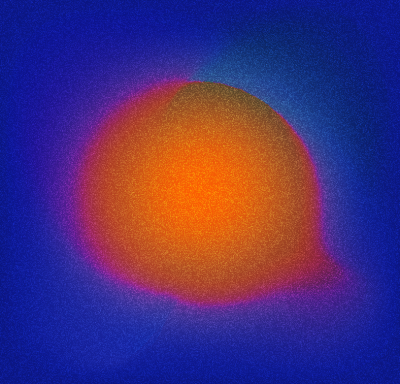 Mars
Mars
It isn’t just stars that can be seen in the night sky. Planets such as Mars are also visible without any equipment. Unlike stars, planets don’t have a twinkling light, rather a steady, illuminating one. The red planet will appear slightly overhead at sunset and can be seen until around 10:00 PM as it sets to the west. It is around the second week of December when it is closest to the moon during nighttime.
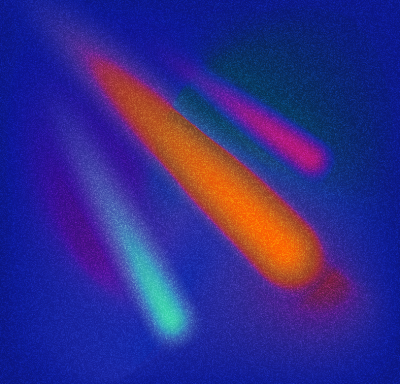 Geminids
Geminids
Meteor showers are magnificent and extremely easy to look out for—they virtually scatter across the whole sky. The Geminid meteor shower, in particular, will be at its peak on the night of December 14 and the morning of December 15. Tracing the streaks of light back to their origin leads to the radiant point, which is within the constellation Gemini, hence the name.
Related: See the stars from the streets through Free Telescope Viewings!

